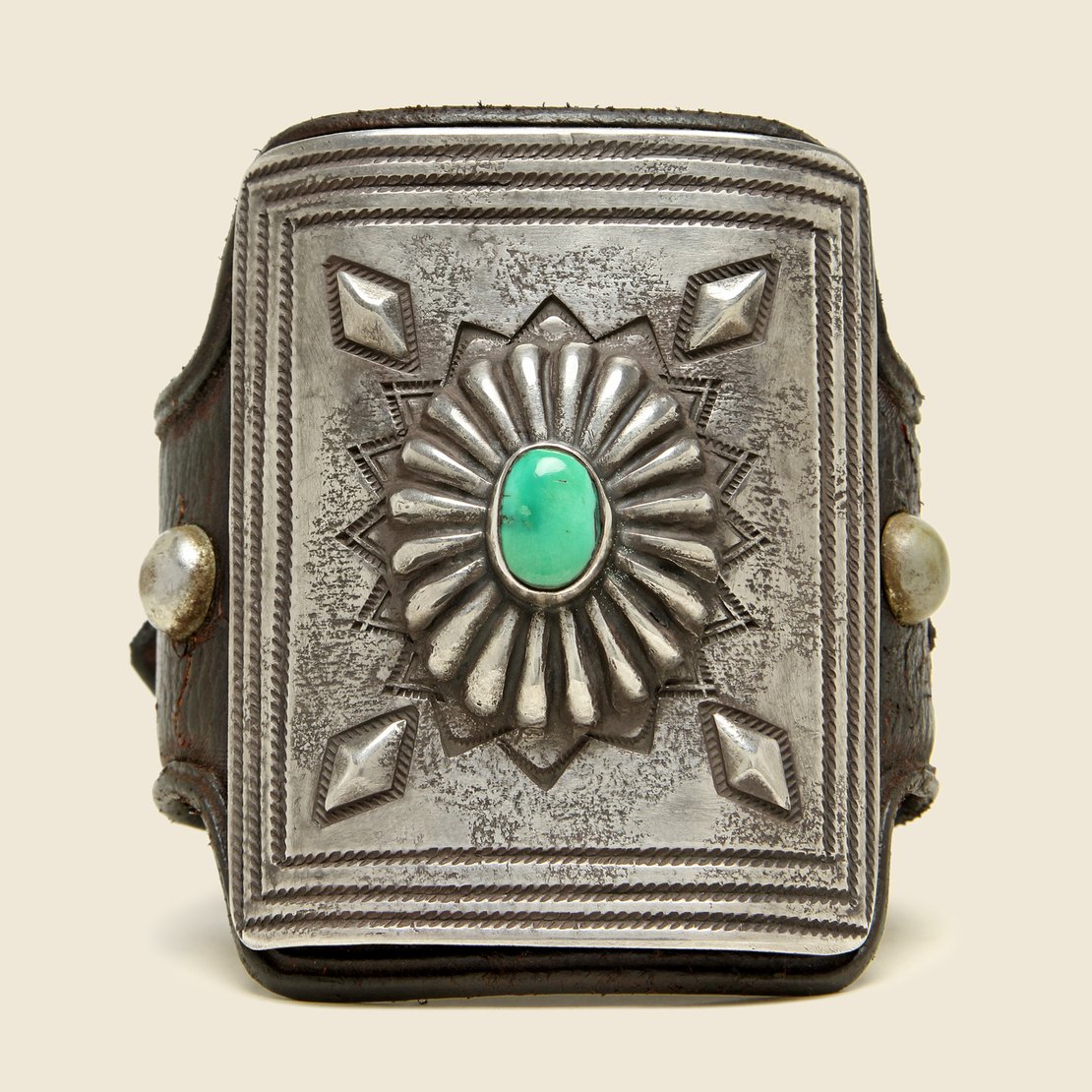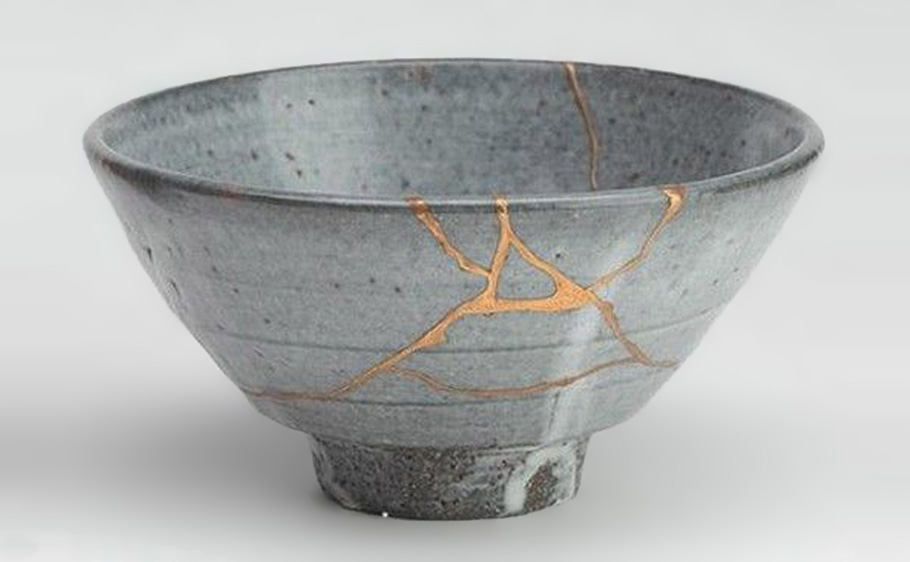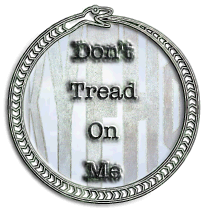NeoWayland's Lexicon
Politics • Sex • Magick • Economics • Philosophy • Science • Nekkid • Celebrations
version
A work in progress. Script links go to the timetable. Internal site links are underlined. Uppercase links go to specific entries.
A dashed border and red banner means I don't agree with the definition or that it is a dangerous idea.
K
kafkatrap
Kafkatraps are THE keystone of victimhood politics and most identity politics. Without someone recognizing or assuming blame, kafkatraps cease to work. Kafkatrapping centers on guilt. Don't accept it. Don't reject it. Act as if the accusation is so silly and undeserved it's not even worth discussing. They will repeat, and you still shouldn't pay any attention to the claims. Go on as if the accuser had said nothing of importance. Indeed, go on as if you are trying to keep them from embarrassing themselves further. You're doing them a favor if only they were rational/sober enough to know it. Kafkatrapping came by way of certain Christian denominations and mala prohibita laws. “Ignorance of the law is no excuse.”
❝To accuse someone of some form of "ism" (sexism, racism etc.) and to proclaim that their denial, or any attempt they make to defend themselves, is proof that they are guilty. A favorite tactic of the social justice warrior.❞
✧
❝The aim of the kafkatrap is to produce a kind of free-floating guilt in the subject, a conviction of sinfulness that can be manipulated by the operator to make the subject say and do things that are convenient to the operator’s personal, political, or religious goals. Ideally, the subject will then internalize these demands, and then become complicit in the kafkatrapping of others.❞
…
❝It is essential to the operation of all three of the variants of the kafkatrap so far described that the subject’s attention be deflected away from the fact that no wrongdoing by the subject, about which the subject need feel personally guilty, has actually been specified. The kafkatrapper’s objective is to hook into chronic self-doubt in the subject and inflate it, in much the same way an emotional abuser convinces a victim that the abuse is deserved – in fact, the mechanism is identical. Thus kafkatrapping tends to work best on weak and emotionally vulnerable personalities, and poorly on personalities with a strong internalized ethos.❞➣ Kafkatrapping from Armed and Dangerouskafkatrapping Model A
Your refusal to acknowledge that you are guilty of {sin, racism ,sexism, homophobia, oppression…} confirms that you are guilty of {sin, racism, sexism, homophobia, oppression…}.➣ Kafkatrapping from Armed and Dangerouskafkatrapping Model C
Even if you do not feel yourself to be guilty of {sin, racism, sexism, homophobia, oppression…}, you are guilty because you have benefited from the {sinful, racist, sexist, homophobic, oppressive,…} behavior of others in the system. The aim of the Model C is to induce the subject to self-condemnation not on the basis of anything the individual subject has actually done, but on the basis of choices by others which the subject typically had no power to affect. The subject must at all costs be prevented from noticing that it is not ultimately possible to be responsible for the behavior of other free human beings.➣ Kafkatrapping from Armed and Dangerouskafkatrapping Model D
The act of demanding a definition of {sin, racism, sexism, homophobia, oppression} that can be consequentially checked and falsified proves you are {sinful, racist, sexist, homophobic, oppressive}.➣ Kafkatrapping from Armed and Dangerouskafkatrapping Model L
Your insistence on applying rational skepticism in evaluating assertions of pervasive {sin, racism, sexism, homophobia, oppression…} itself demonstrates that you are {sinful, racist, sexist, homophobic,oppressive,…}.➣ Kafkatrapping from Armed and Dangerouskafkatrapping Model M
The act of arguing against the theory of anti-{sin, racism, sexism, homophobia, oppression} demonstrates that you are either {sinful, racist, sexist, homophobic, oppressive} or do not understand the theory of anti-{sin, racism, sexism, homophobia, oppression}, and your argument can therefore be dismissed as either corrupt or incompetent.➣ Kafkatrapping from Armed and Dangerouskafkatrapping Model P
Even if you do not feel yourself to be guilty of {sin, racism, sexism, homophobia, oppression…}, you are guilty because you have a privileged position in the {sinful, racist, sexist, homophobic, oppressive,…} system. For the model P to work, the subject must be prevented from noticing that the demand to self-condemn is not based on the subject’s own actions or choices or feelings, but rather on an in-group identification ascribed by the operator of the kafkatrap.➣ Kafkatrapping from Armed and Dangerouskafkatrapping Model S
Skepticism about any particular anecdotal account of {sin, racism, sexism, homophobia, oppression,…}, or any attempt to deny that the particular anecdote implies a systemic problem in which you are one of the guilty parties, is itself sufficient to establish your guilt.➣ Kafkatrapping from Armed and Dangerouskafkatrapping Model T
Designated victims of {sin, racism, sexism, homophobia, oppression} who question any part of the theory of {sin, racism, sexism, homophobia, oppression} demonstrate by doing so that they are not authentic members of the victim class, so their experience can be discounted and their thoughts dismissed as internalized {sin, racism, sexism, homophobia, oppression}.➣ Kafkatrapping from Armed and Dangerous
https://lexicon.neowayland.com/kk/#kafkatrap
kayfabe
❝Term in pro wrestling. Kayfabe was the unsaid rule that the wrestlers should stay in character during the show and in public appearances in order to maintain a feeling of reality (albeit suspended) among the fans❞https://lexicon.neowayland.com/kk/#kayfabe
kensho
❝Kenshō (見性) (Chinese: jian xing) is a Japanese term from the Zen tradition. Literally it means "seeing (one's) nature" or "true self". It is commonly translated as enlightenment, a word that is also used to translate bodhi, prajna, satori and buddhahood.❞
✧
❝Kenshō is an initial insight or awakening, not full Buddhahood. It is to be followed by further training to deepen this insight, and learn to express it in daily life. The term kenshō is often used interchangeably with satori, which is derived from the verb satoru, and means "comprehension; understanding".❞https://lexicon.neowayland.com/kk/#kensho
ketogenic
❝“Ketogenic” is a term for a low-carb diet (like the Atkins diet). The idea is for you to get more calories from protein and fat and less from carbohydrates. You cut back most on the carbs that are easy to digest, like sugar, soda, pastries, and white bread.❞➢ What’s a Ketogenic Diet? from WebMD✧
❝The ketogenic diet is a high-fat, adequate-protein, low-carbohydrate diet that in medicine is used primarily to treat difficult-to-control (refractory) epilepsy in children. The diet forces the body to burn fats rather than carbohydrates. Normally, the carbohydrates contained in food are converted into glucose, which is then transported around the body and is particularly important in fueling brain-function. However, if there is little carbohydrate in the diet, the liver converts fat into fatty acids and ketone bodies. The ketone bodies pass into the brain and replace glucose as an energy source.❞➢ en.wikipedia.org/wiki/Ketogenic_dietSee also ketosishttps://lexicon.neowayland.com/kk/#ketogenic
ketoh
 ❝The modern Navajo people and Hopi have developed bracers known as "ketoh", which are decorated with silver, turquoise, and other adornments, possibly from earlier examples made of bone. Ketohs usually have a central motif, sometimes with a stone ornament, and four curvilinear shapes that radiate toward the corners. Ketohs may have a smooth leather surface on the inside of the arm and are functional, but they are normally used as items of personal and ritual adornment, or as works of art in their own right.❞https://lexicon.neowayland.com/kk/#ketoh
❝The modern Navajo people and Hopi have developed bracers known as "ketoh", which are decorated with silver, turquoise, and other adornments, possibly from earlier examples made of bone. Ketohs usually have a central motif, sometimes with a stone ornament, and four curvilinear shapes that radiate toward the corners. Ketohs may have a smooth leather surface on the inside of the arm and are functional, but they are normally used as items of personal and ritual adornment, or as works of art in their own right.❞https://lexicon.neowayland.com/kk/#ketoh
ketosis
❝Ketosis is a normal metabolic process, something your body does to keep working. When it doesn't have enough carbohydrates from food for your cells to burn for energy, it burns fat instead. As part of this process, it makes ketones. If you're healthy and eating a balanced diet, your body controls how much fat it burns, and you don't normally make or use ketones. But when you cut way back on your calories or carbs, your body will switch to ketosis for energy. It can also happen after exercising for a long time and during pregnancy. For people with uncontrolled diabetes, ketosis is a sign of not using enough insulin.❞➢ What Is Ketosis? from WebMD✧
❝Ketosis is a normal metabolic process. When the body does not have enough glucose for energy, it burns stored fats instead; this results in a build-up of acids called ketones within the body.❞
➢ Ketosis: What is ketosis? from Medical News TodaySee alsoketogenic https://lexicon.neowayland.com/kk/#ketosis
keyfabe
❝A variation of the "carnival talk" word "kayfabe", meaning "keep quiet" or "keep secret". This would be used as a form of verbal shorthand to remind someone else that they might be talking too much, not to talk around someone in earshot, or not to reveal a secret.❞https://lexicon.neowayland.com/kk/#keyfabe
keystone species
❝A keystone species is a plant or animal that plays a unique and crucial role in the way an ecosystem functions. Without keystone species, the ecosystem would be dramatically different or cease to exist altogether. All species in an ecosystem, or habitat, rely on each other. The contributions of a keystone species are large compared to the species' prevalence in the habitat. A small number of keystone species can have a huge impact on the environment.❞https://lexicon.neowayland.com/kk/#keystone-species
kicking cactus
My family's phrase for trying to walk off anger outdoors and away from others.https://lexicon.neowayland.com/kk/#kicking-cactus
kid pictures
NONE ON THIS WEBSITE.kids & sex
Consenting adults only.kin/clan/kith
I use these labels in my calendar. Kin are blood relatives and spouses.
- BloodKin are genetically related.
- BoneKin genetically related but deceased.
- ClanKin related by marriage, mainly used because "kin" is a very popular letter combination and makes computer searches difficult.
- Clan is not related, but enjoy the same privileges and obligations as family. This is more complicated than it seems because I'm not the only one recognizing clan. The best solution I've found yet is that these other clan members are recongized as clan only if they are with the kin who recognized them.
- Kith are family friends and enjoy many of the same privileges and obligations as family.
See alsocousin, family folk, house, kindred, kinsfolk, kinship, kinsperson, lineage, member, people, relation, stock, tribe https://lexicon.neowayland.com/kk/#kin
Kintsugi or Kintsukuroi
 ❝The Japanese art of Kintsugi, also known as Kintsukuroi, repairs broken pottery with seams of gold. This repairs the brokenness in a way that makes the object even more beautiful for being broken.❞
❝The Japanese art of Kintsugi, also known as Kintsukuroi, repairs broken pottery with seams of gold. This repairs the brokenness in a way that makes the object even more beautiful for being broken.❞
✧
❝Translated to “golden joinery,” Kintsugi (or Kintsukuroi, which means “golden repair”) is the centuries-old Japanese art of fixing broken pottery with a special lacquer dusted with powdered gold, silver, or platinum. Beautiful seams of gold glint in the cracks of ceramic ware, giving a unique appearance to the piece. This repair method celebrates each artifact’s unique history by emphasizing its fractures and breaks instead of hiding or disguising them. Kintsugi often makes the repaired piece even more beautiful than the original, revitalizing it with new life.❞➢ Kintsugi: The Centuries-Old Art of Repairing
Broken Pottery with Gold from My Modern Methttps://lexicon.neowayland.com/kk/#kintsukuroi
Kirlian photography
As for Kirlian photography, it has nothing to do with the aura. There's no overlap, and someone's insistence that Kirlian photography “proves” that the aura exists just complicates things.❝A lenseless electrical photographic technique invented by Russian parapsychologists S.D. and V. Kirlian in 1939 and which can be used to record energy fields around living or once living objects and beings. Although the “Kirlian auras” vary with emotional excitement and intent, there is as yet no proof that they are the same as the “psychic auras” traditionally seen by clairvoyants. Time will tell.❞✧
❝The first mythical explanations put forth about Kirlian photography were suggested by the Kirlians themselves. They believed that these photographs were depicting the actual life-force or “aura” that many people believe surrounds all living things. New Age spiritualists attribute huge importance to the aura and believe that specially trained aura-readers can provide important insights into a person’s spiritual, emotional and physical state. The Kirlians were convinced that these photos could accurately predict emotional and physical states and could be used to diagnose illnesses. The assertion that Kirlian photographs could depict emotional and physical states was quickly adopted by energy practitioners. While the use of Kirlian photography has largely fallen by the wayside as a diagnostic tool these days, there are still alternative practitioners who believe in it as an accurate way to help those who seek their services for healing all kinds of conditions both emotional and physical. Kirlian photography has been a staple of paranormal research for some time as well. In the 1960s and 1970s paranormal researchers connected it to many types of unexplained phenomena, one of which was telepathy. Researchers proposed that telepathy was the result of people's auras communicating together.❞➢ What is Kirlian Photography? The Science and
the Myth Revealed from Light Stalking See alsoaura https://lexicon.neowayland.com/kk/#kirlian
kitbash
Modifying a standard something with non-stock parts, often resulting in temporary increased results at the cost of stability. Usually attributed to model-making, especially for film special effects. But I've heard the term used by old-school (pre-transistor) electronic hobbyists, ham radio operators, vehicle customizers, programmers, cosplayers, and amateur makers. My guess is that the term originated with amateur radio and electronic hobbyists after WWII with war surplus parts.https://lexicon.neowayland.com/kk/#kitbash
kleptocracy
❝a government or state in which those in power exploit national resources and steal; rule by a thief or thieves.❞https://lexicon.neowayland.com/kk/#kleptocracy
Knot
There is a binding in every spell, a place where your system and your assumptions are drawn together to support the spell. It's not the "center," and it's not a flaw. It's the spell's Knot. The Knot may be slipshod or it may be perfect. But it is there. If I know how to look for the Knot and know how to read it, I don't need to know the specific methods. The Knot can tell me about the spell, your tools, how you use them, and even about your passions. It takes time and practice to find the Knot. Even more to read it. But a spell Knot is a fascinating point. Sure, I could “slice” through the Knot by brute force and watch the spell collapse. I could pull a strand or two and watch it unravel. But that is only part of what the Knot implies.See alsoKnot truth https://lexicon.neowayland.com/kk/#knot
kritarchy
Rule by judges. The best known example is in the Biblical Book Of Judges. Brehon law is another historical example. Some argue that the current U.S. system is more kritarchy than anything else. As a civil code kritarchy is workable. It falls down when it mandates a new or unfamiliar behavior not recognized by the general populace.https://lexicon.neowayland.com/kk/#kritarchy
KYFHO
 Abbreviation for "Keep Your Freakin' Hands OFF!" only the popular version doesn't use the word Freakin'. It is concept, a philosophy, a political platform, and a warning, but only if you are willing to back it up. L. Neil Smith often gets the credit for the idea, but I first ran across KYFHO in a 1947 Jack Williamson short story “The Equalizer” that I read in the late 1970s. And yes, I wrote the FAQ. KYFHO rests on three assumptions.
Abbreviation for "Keep Your Freakin' Hands OFF!" only the popular version doesn't use the word Freakin'. It is concept, a philosophy, a political platform, and a warning, but only if you are willing to back it up. L. Neil Smith often gets the credit for the idea, but I first ran across KYFHO in a 1947 Jack Williamson short story “The Equalizer” that I read in the late 1970s. And yes, I wrote the FAQ. KYFHO rests on three assumptions.
- Nobody owns you except you.
- Others have no right to do things to you without your consent, or take the things you value without your consent.
- If anyone does try to do something to you without your consent, any and all resistance is justified.
https://lexicon.neowayland.com/kk/#kyfho